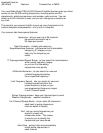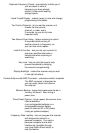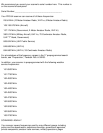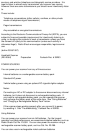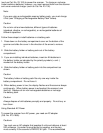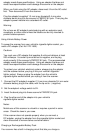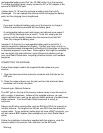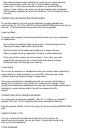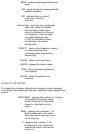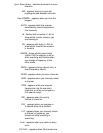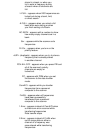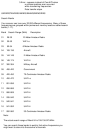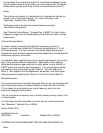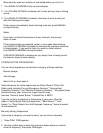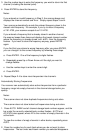Once you understand a few simple terms we use in this manual and
familiarize yourself with your scanner's features, you can put the scanner
to work for you. You simply determine the communications you want to
receive, then set the scanner to scan those frequencies.
A frequency is the tuning location of a station (expressed in kHz or MHz).
To find active frequencies, you can use the search function to search
bands, which are preset ranges of frequencies.
When you find a frequency, you can store it into a permanent memory
location called a channel, which is grouped with your other channels in a
channel-storage bank. You can then scan the channel-storage banks to see
if there is activity on the frequencies stored there. Each time the
scanner finds an active frequency, it stays on that channel until the
transmission ends.
Another option is to store the frequency into a temporary memory location
called a monitor memory until you decide to move it to a channel.
Just keep in mind - you search frequencies an scan channels.
A LOOK AT THE KEYPAD
Your scanner's keys might seem confusing at first, but this information
should help you understand each key's function.
SCAN - scans through the programmed
channels.
AUTO - automatically programs
frequencies into channels.
L/O RVW - lets you review locked-out
channels or frequencies.
LIGHT - turns the displays backlight on
or off.
KEY (SYMBOL) - locks/unlocks the keypad to
prevent accidental entries.
MANUAL - stops scanning to let you
directly enter a channel number.
DELAY - programs a 2-second delay for
the selected channel.
LIMIT - sets the frequency range you
want to search.
Up Arrow and Down Arrow - searches up or down from the
currently displayed frequency.
MON - accesses the 40 monitor
memories.



